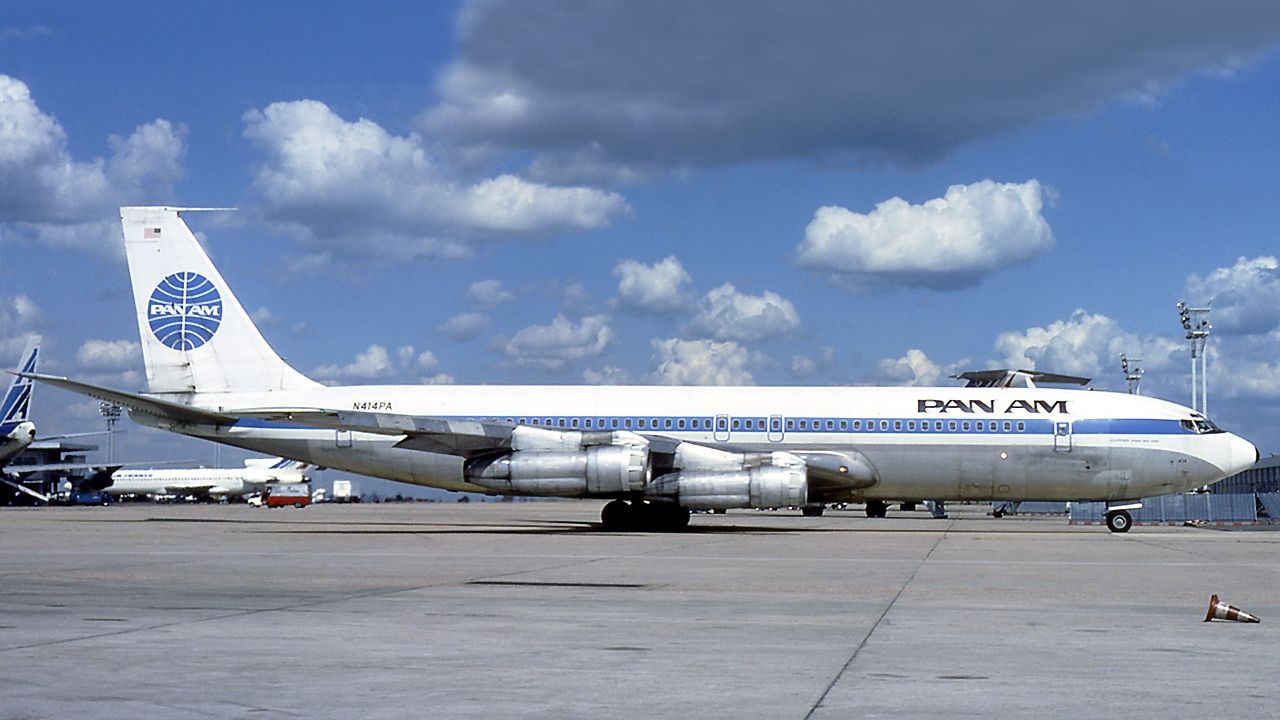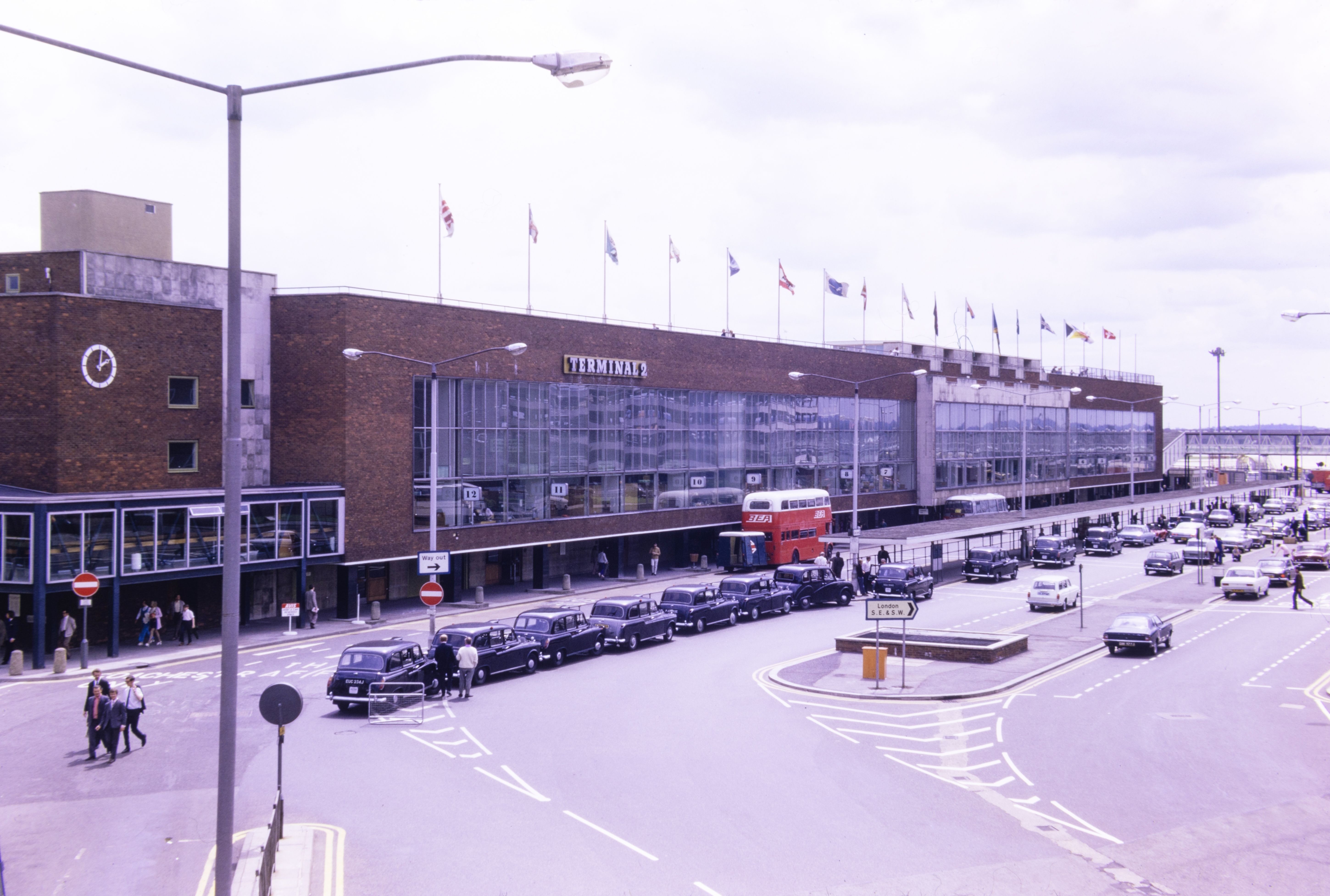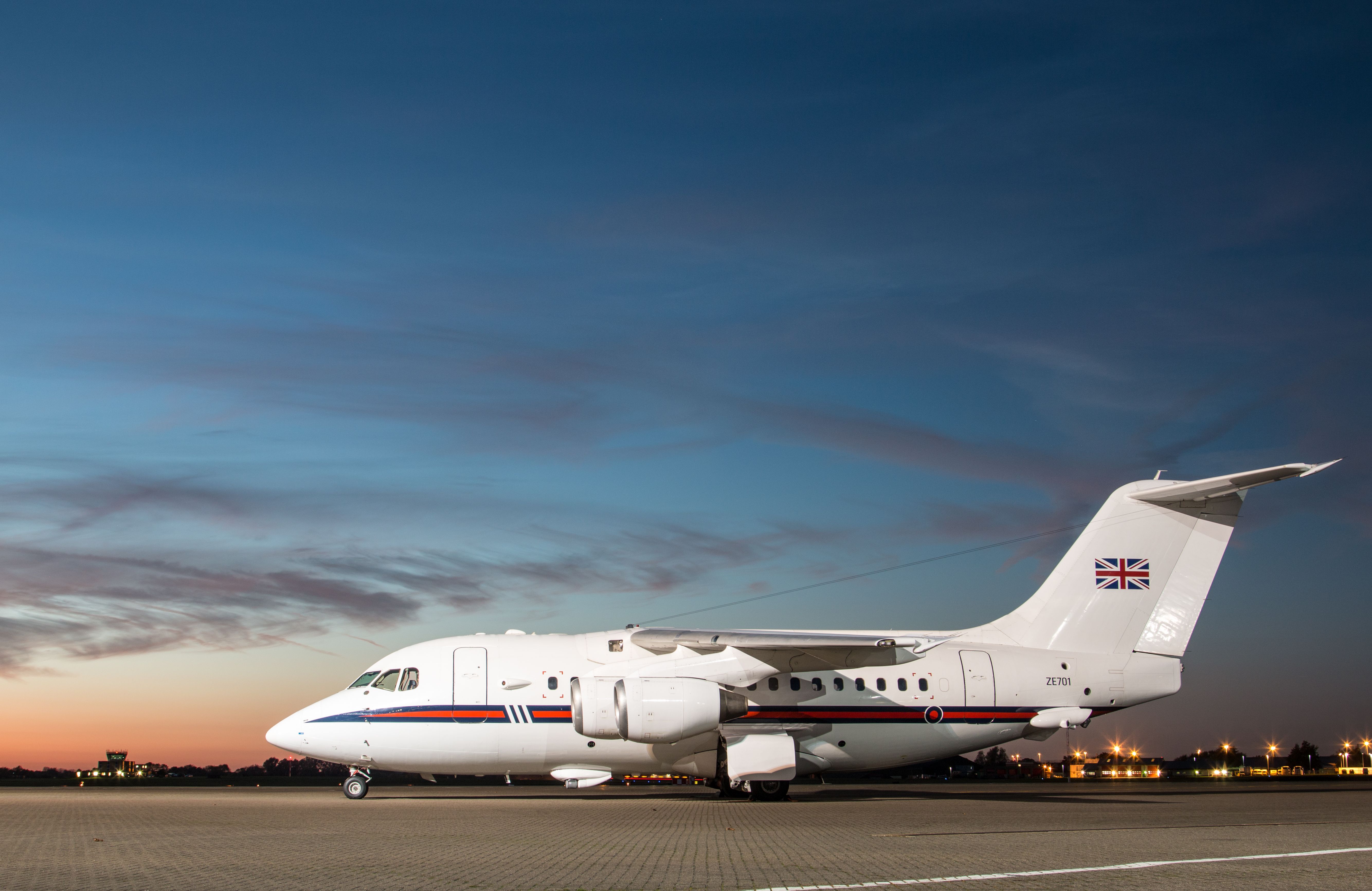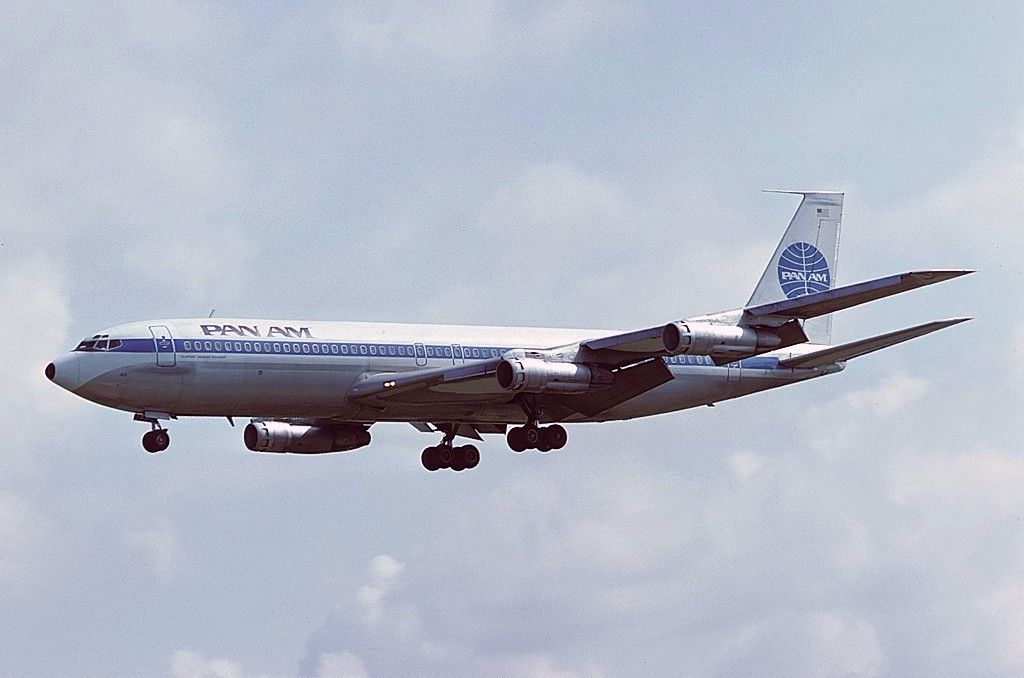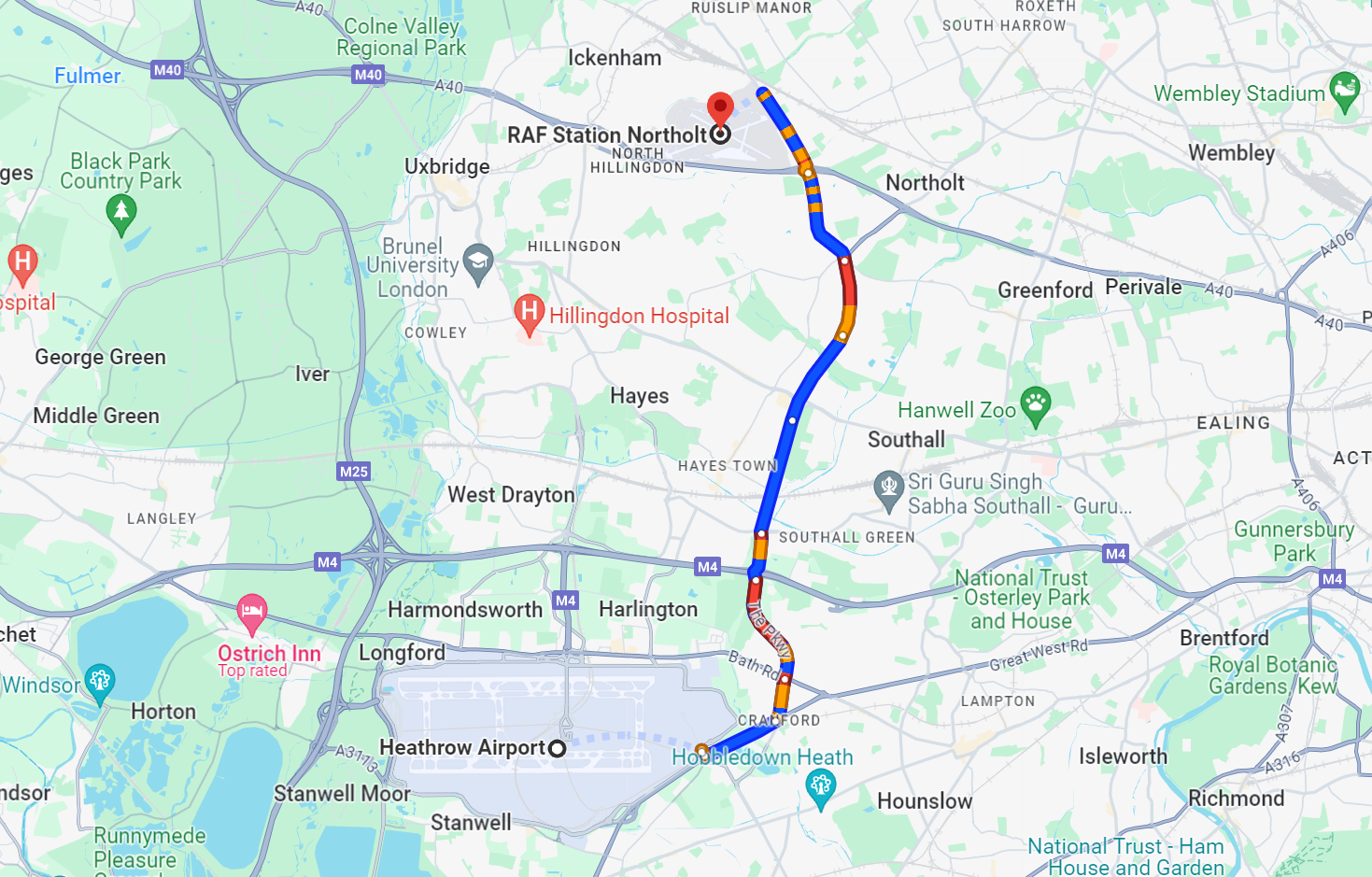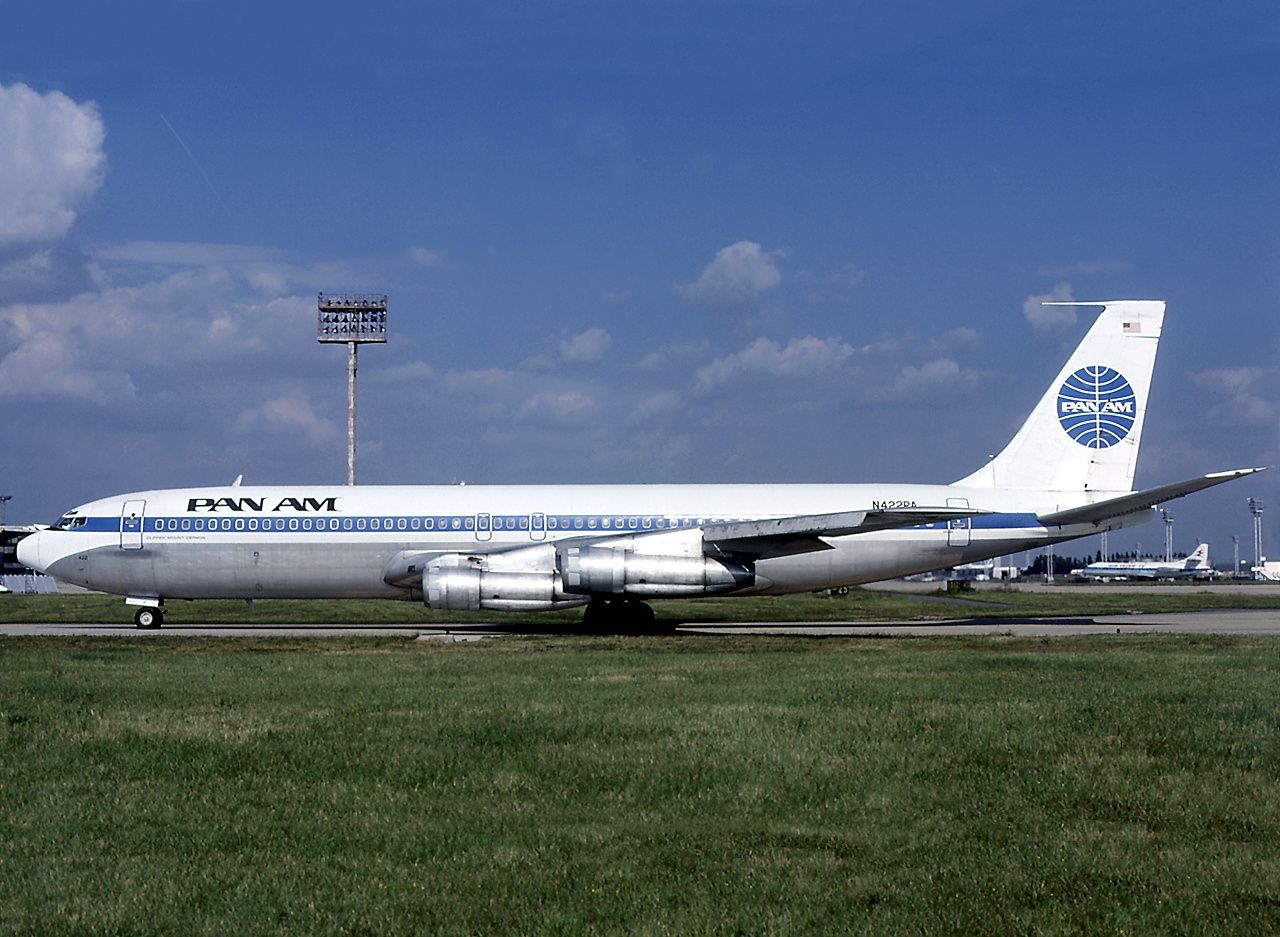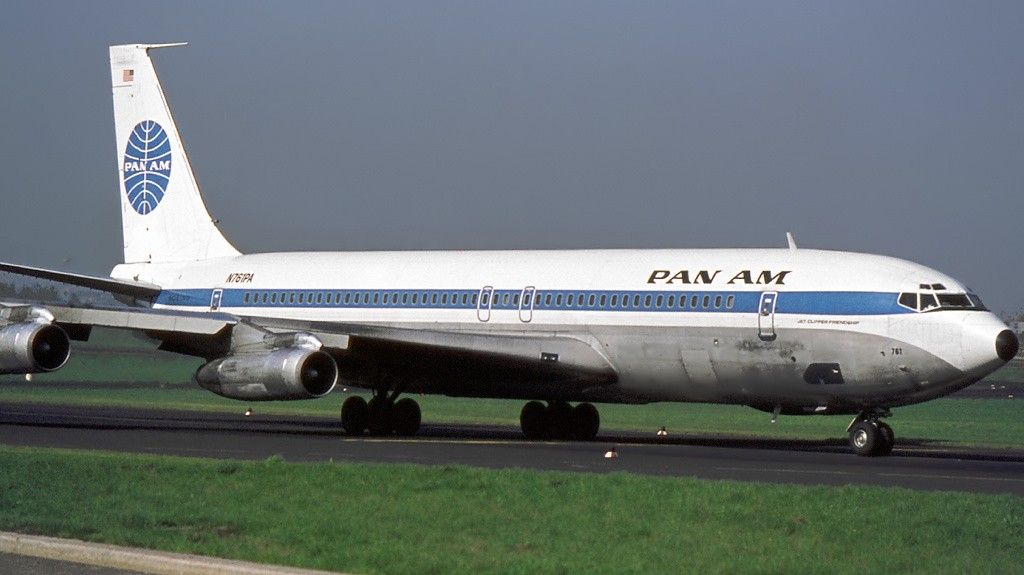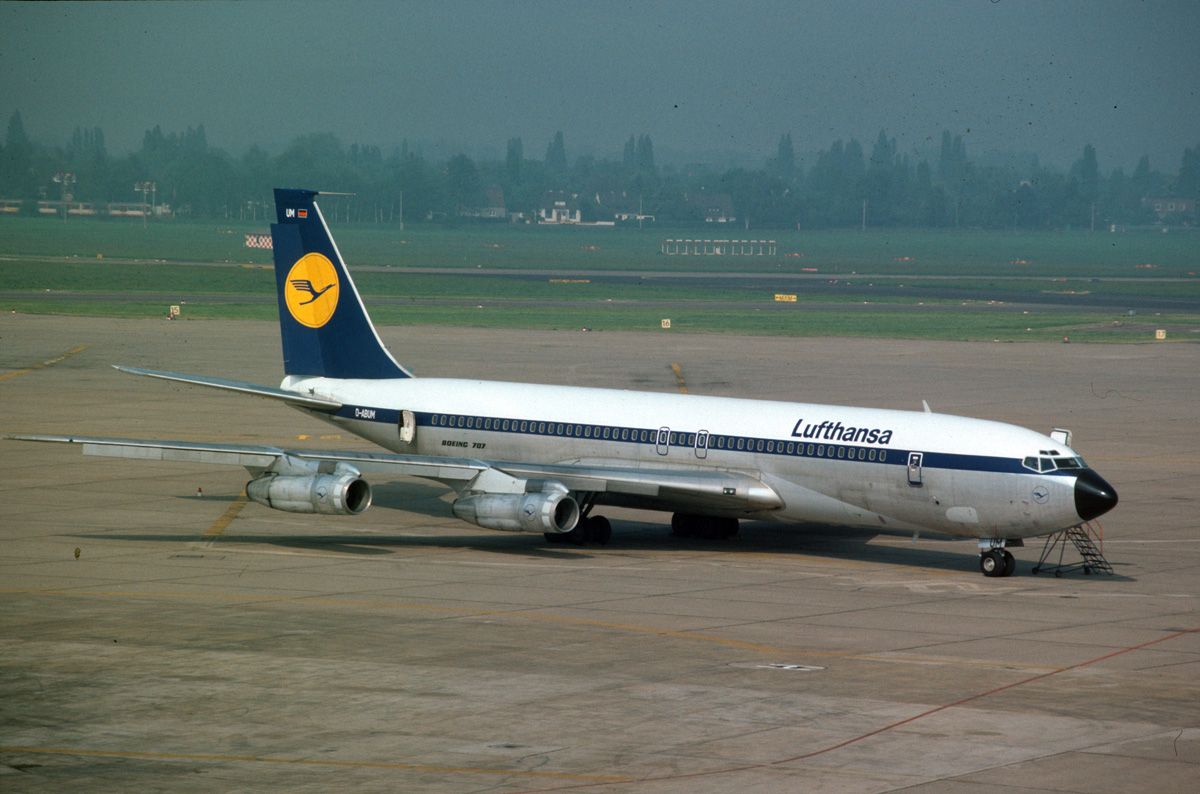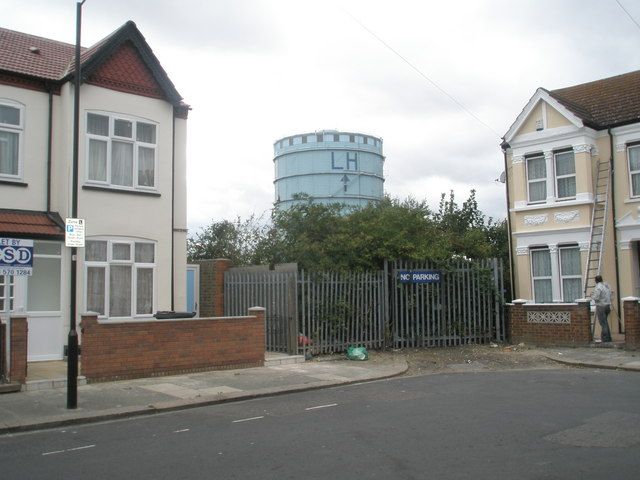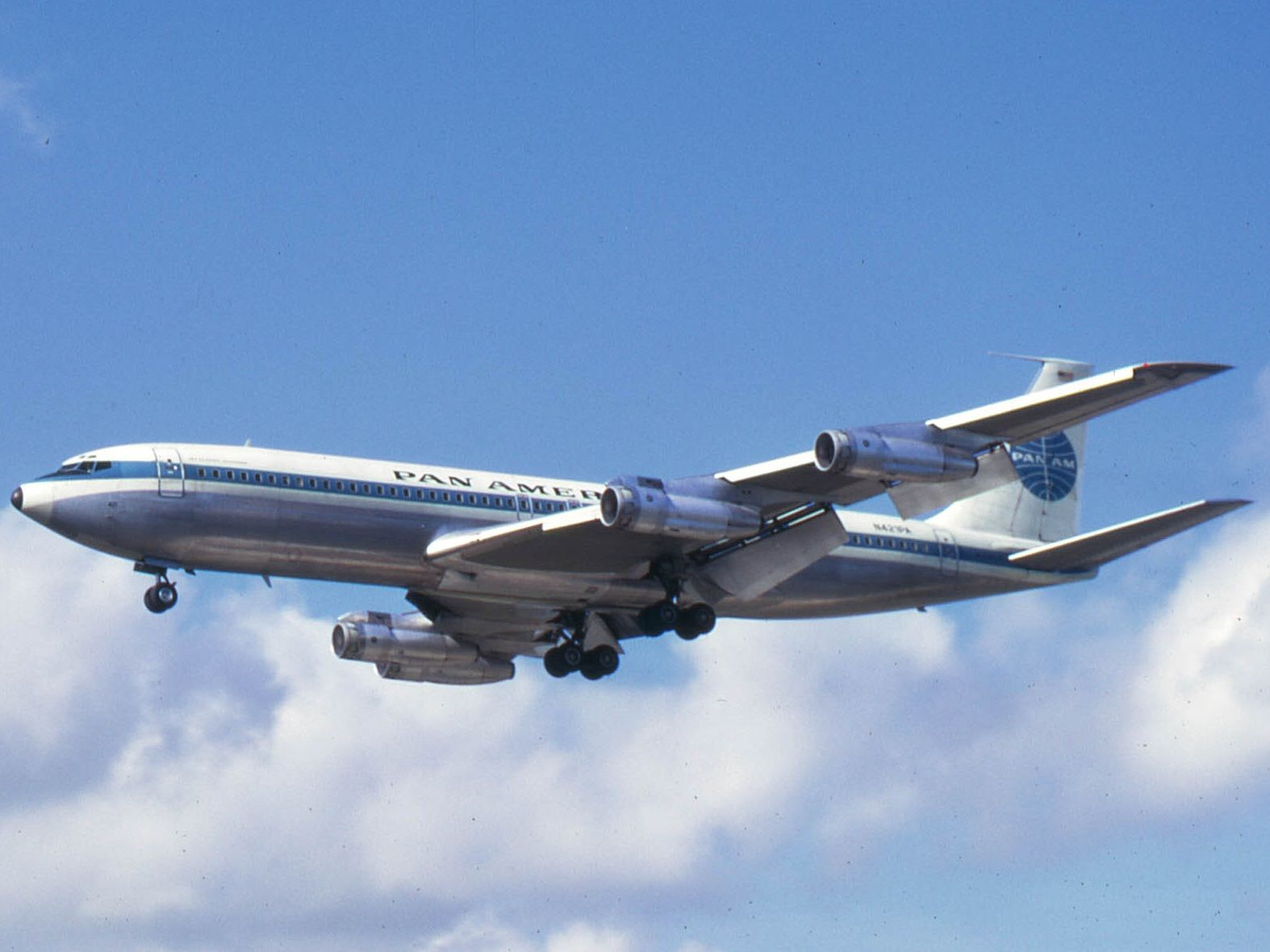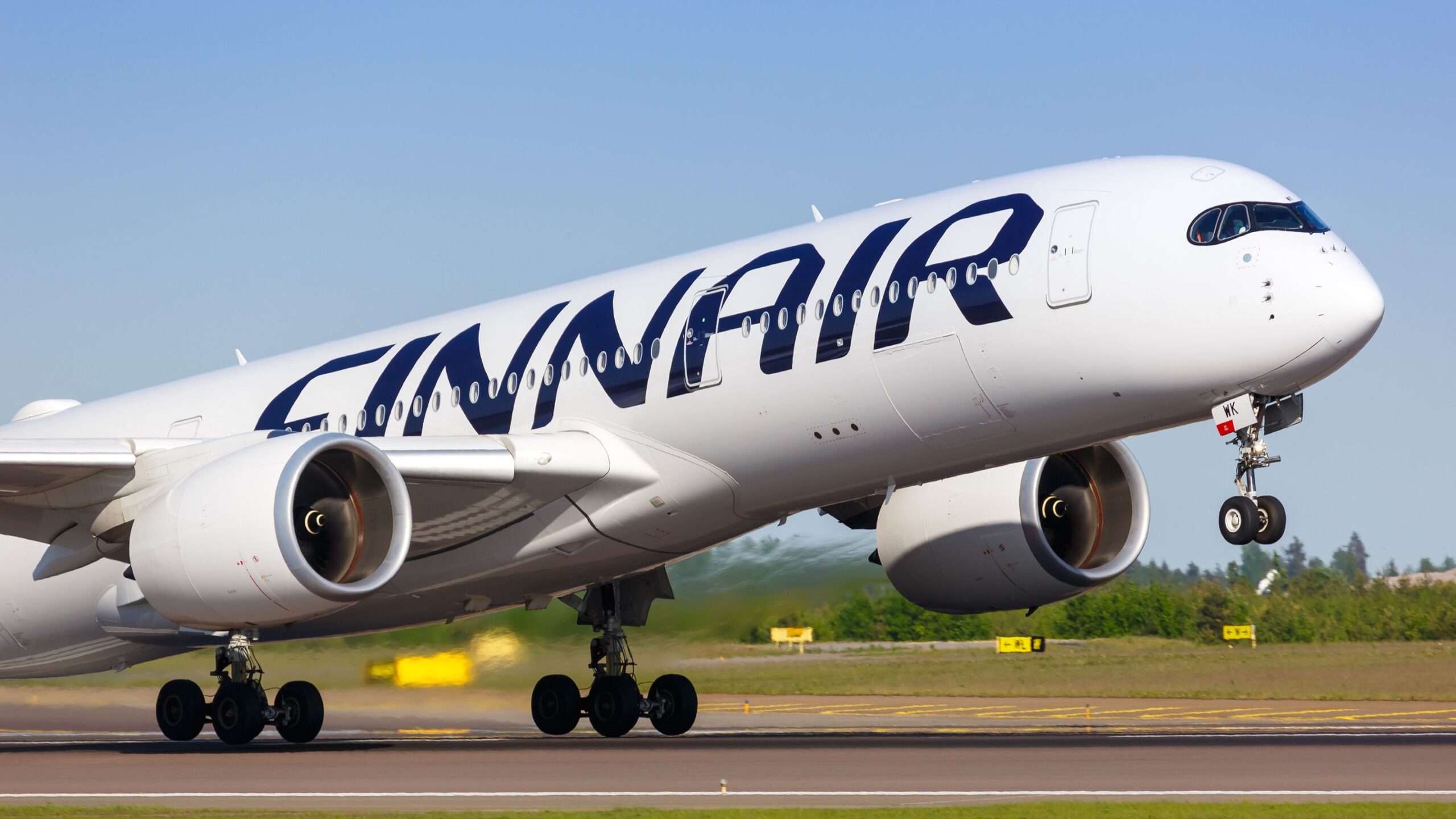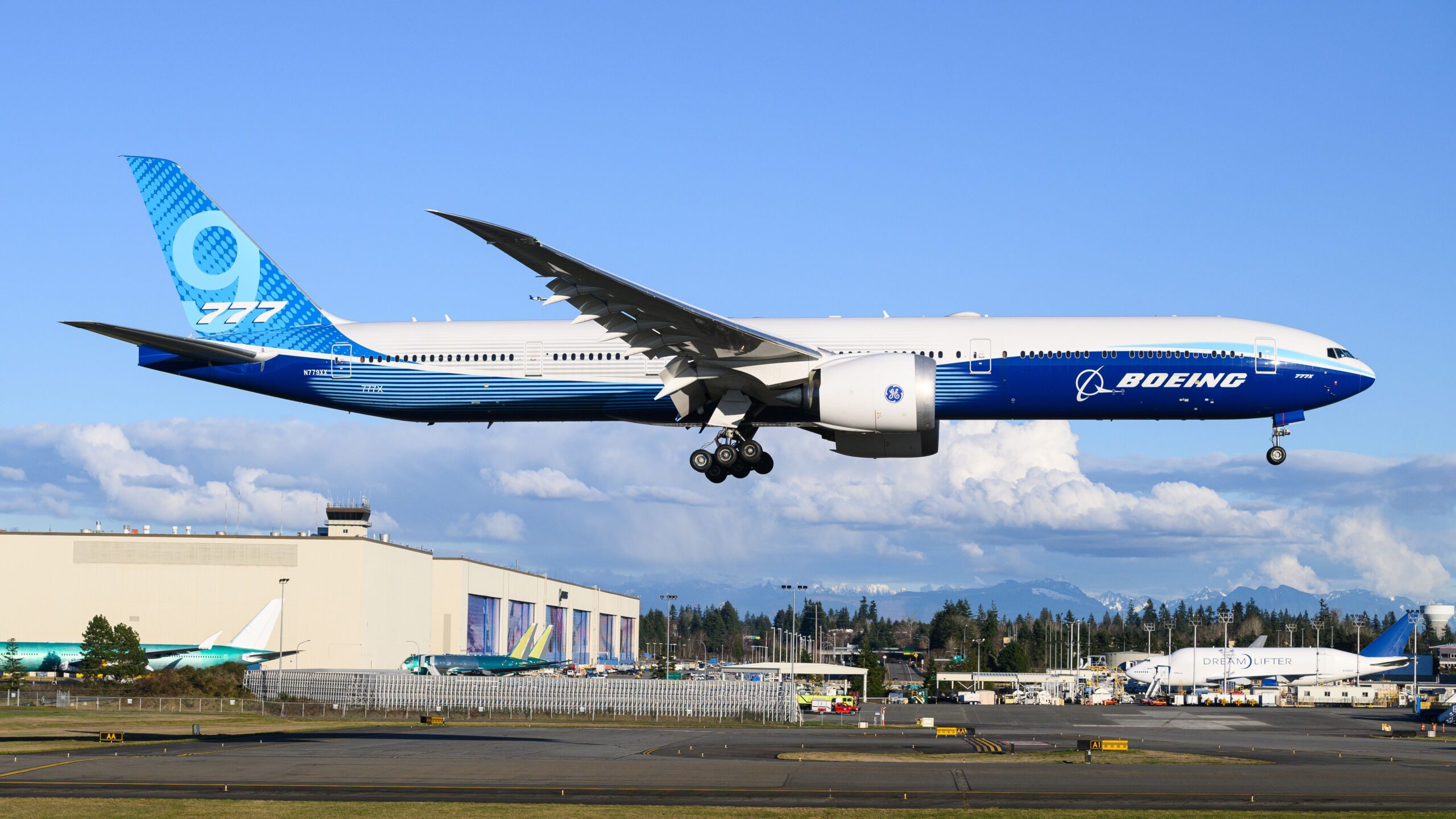Summary
- Confusion on approach led a Pan Am flight to land at Northolt, not Heathrow, due to similar visual markers.
- Despite modern navigation equipment, occurrences like mistaken landings still happen, as seen in recent incidents.
- The Pan Am Boeing 707 situation was resolved by lightening the aircraft to take off from the shorter Northolt runway.
After a long overnight journey from Asia, the passengers and crew of a Pan Am flight disembarked to find themselves at the wrong airport. As is often the case with such erroneous landings, the flight landed just a stone’s throw from its intended destination. Let’s examine just how this bizarre event occurred.
Background
On October 25th, 1960, a Pan American World Airways (Pan Am) Boeing 707 flew from Tokyo to New York via Hong Kong, Frankfurt, and London. With 42 passengers onboard, the flight was on the penultimate leg of a multi-sector flight with intermediate stops at Hong Kong and Frankfurt. The plane’s intended destination on that day was London Heathrow Airport (LHR), situated to the west of London.
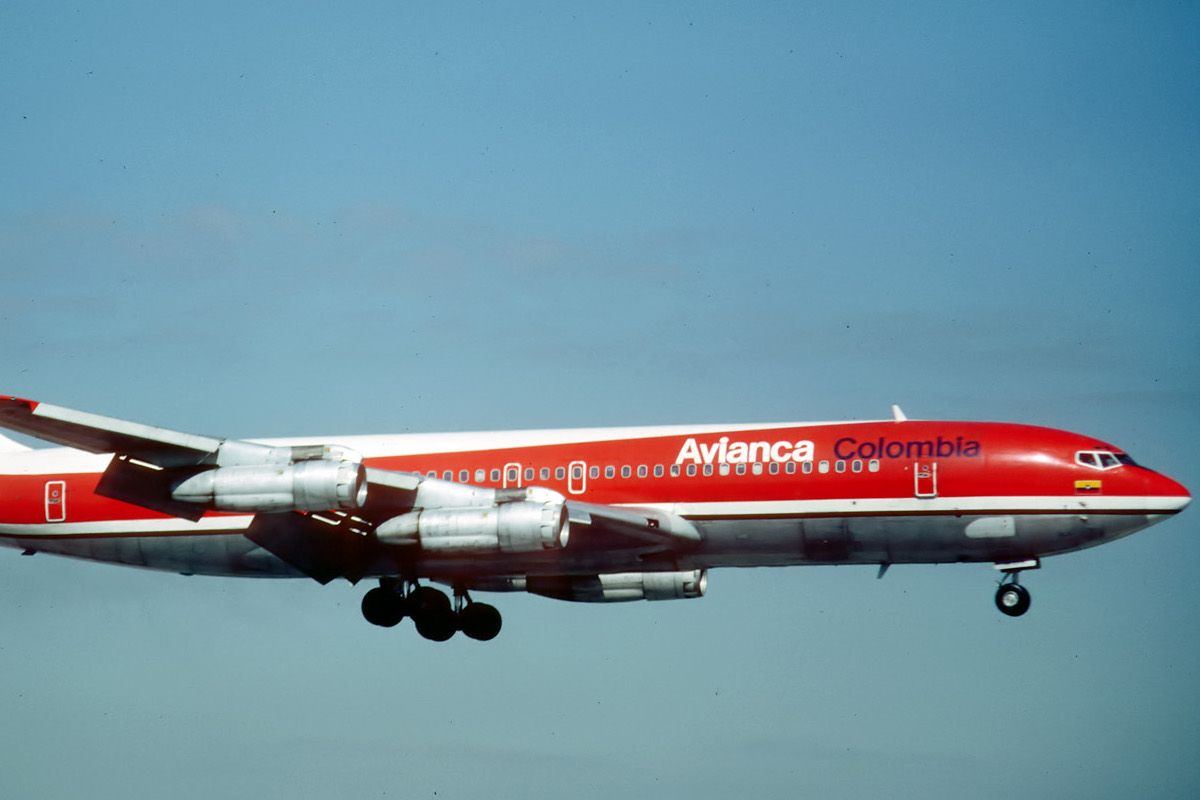
You might also like:
What Were The Differences Between The Boeing 707’s Main Variants?
Boeing continually improved its first jetliner, changing the course of aviation history in the process.
At the time, Heathrow had a pair of east-west orientated runways (27/09, which remain in operation to this day) but also had a ‘cross’ runway 23/05 at the eastern end of the airfield that dissected the two main runways. This is no longer used for take-off or landings, having become part of Heathrow’s taxiway network in the 1980s.
Photo: Go My Media | Shutterstock
Located just ten kilometers (six miles) from Heathrow lies RAF Northolt, an active Royal Air Force base that, these days, also accommodates VIP and business aviation movements. Northolt predates the establishment of the Royal Air Force by almost three years, having opened in May 1915, giving it the longest history of continuous use of any RAF airfield.
During the construction of Heathrow Airport in the 1950s, Northolt was used for commercial flights, becoming the busiest airport in Europe for a time and a significant operating base for British European Airways, a formative carrier of British Airways. The single runway at Northolt (26/08) runs northeast-southwest, just 30 degrees off from the orientation of the former cross runway at Heathrow.
In the 1960s, when this incident occurred, there were no Instrument Landing Systems (ILS) at airports, and Global Positioning Systems (GPS) were yet to be invented. Therefore, most flying was still done using visual references. In the case of Heathrow, pilots were often permitted to make visual approaches to land once they declared to Air Traffic Control (ATC) that they had the “field in sight.”
Conveniently located below both long, straight-in final approach paths to the airfields’ respective runways were two very large and similar-looking ‘gasometers’ (huge tanks storing natural gas for domestic residential use). Pilots routinely used one of these as a visual marker on their final approach to Heathrow, but their similarity also led to problems, as in this particular case.
History of the flight
On the day of this unusual event in October 1960, the Pan Am Boeing 707-321 (registered N725PA) began its final approach to Heathrow once the crew stated that they had spotted what they believed to be the Heathrow runway 23 slightly off to their right. Without the benefit of ILS, the crew proceeded with their approach.
The Boeing 707 made a radar-sequenced approach to Heathrow in good visibility conditions for a landing. Eleven miles from the airport, the captain of the Pan Am flight reported to the Radar Director at Heathrow that he had the runway in sight and was subsequently cleared to make a visual approach.
As they approached the airfield, the crew lowered the undercarriage and flaps, slowing the aircraft down and putting it in the correct landing configuration. The crew, continuing to believe that it was Heathrow’s runway 23 directly ahead of them, began to descend and were subsequently cleared to land by ATC.
The aircraft touched down, and the crew reported that they had to brake “pretty hard” to stop with the runway length available. However, they had not landed on Heathrow’s runway 23 at all but had touched down at the start of runway 26 at Northolt. The aircraft stopped with just 30 meters (100 feet) of runway ahead.
There was some confusion in the Heathrow control tower when the aircraft didn’t appear on their runway. Initially, the controllers thought that the Pan Am flight must have crashed, although no visual clues surrounding the airport confirmed this.
At about the same time, the controllers in the Heathrow tower received a telephone call from RAF Northolt asking what a Pan Am 707 was doing on their runway. At a time when Northolt was only used by active RAF squadrons and didn’t accommodate civil traffic, security was generally tight – an unexpected Boeing 707 landing was not an everyday occurrence.
Removal of aircraft
Following several further phone calls, the passengers were unloaded at Northolt. They were taken by bus on the ten-kilometer-long journey down the road to Heathrow, where friends and family awaited their rather belated arrival.
Image: Google Maps
However, as the runway at Northolt was only 1,677 meters (5,500 feet) in length, there was no way that a Boeing 707 could take off from the runway to re-position to Heathrow. Eventually, the decision was to send a team of Pan Am maintenance staff from Heathrow to Northolt to remove anything from the 707 to minimize its weight. Once it was as light as possible, the airline calculated that it could take off with the distance available at Northolt for a short ferry flight to Heathrow.
The maintenance team removed the seats, the carpets, and as much cabin equipment as possible, along with most of the fuel that remained in the wings. The tanks were left with just enough fuel to cover the ferry flight to Heathrow, plus a small reserve amount.
The following morning, it was reported that Pan Am tasked the same crew that had landed at Northolt with ferrying the aircraft to Heathrow. The captain joked with local journalists that his managers had instructed him that as “he had put it there, he had to get it out.”
As a precaution, the main A40 trunk road, which runs past the bottom of the easterly end of the runway at Northolt, was closed to traffic until the Boeing 707 had taken off. However, much lighter without much of its interior, the aircraft was quickly airborne off the Northolt runway and landed at Heathrow a few minutes later.
Subsequent investigation
At the time, little time or finance was available to conduct a full inquiry into the incident involving the Pan Am flight. During a parliamentary hearing two months after the incident, the Ministry of Aviation reported that the pilot mistakenly identified his aerodrome and landed at Northolt. The file was then closed.
That was until April 1964, when a highly similar event almost happened again. This time, a Lufthansa Boeing 707 found itself on its final approach to Northolt, with its crew believing they were just about to land at Heathrow.
This time, ATC controllers at Heathrow, who were watching the flight on radar, alerted the crew to their error. At the same time, controllers at Northolt managed to dissuade the Lufthansa crew from landing at their airfield by lighting a red signal flare. But even the Lufthansa incident wasn’t to be the last. A few days later, a Spanish Air Force C-54 inbound for Northolt almost landed at RAF Hendon, some ten kilometers west of Northolt and just ten kilometers north of Heathrow.
Following these two later incidents, a full inquiry was launched. In the investigation, pilots familiar with Heathrow stated that having the two gasholders of very similar proportions on the approach to both airports was confusing. Each incident involved crews misidentifying the two gasometers, resulting in them proceeding towards the wrong runway.
Following the inquiry, the idea was to paint the gasometers in different colors or to paint warning signs on the threshold of runway 26 at Northolt. At this time, Northolt did not have an ILS system, and the Ministry of Defence refused to install such a system due to the cost compared to the number of movements at Northolt.
Ultimately, it was decided to paint letters at the top of each gasometer. The initials ‘NH’ were painted on the Harrow gasholder located on the final approach to Northolt (later changed to ‘NO’), and ‘LH’ was painted on the Southall gasholder under the final approach to runway 23 at Heathrow. The latter was also repainted light blue for further identification.
However, after a while, it was considered that the two could still be easily confused from a glance from the flight deck of an aircraft, and eventually, the Harrow ‘NH/NO’ gasometer was demolished. The Southall gasometer was finally demolished in 2019 to make way for new housing development.
It is not officially known what happened to the Pan Am captain who landed at Northolt (Captain Warren Beall) or what his flying career was following the event. But it was reported at the time that he told local journalists covering the story that the landing at Northolt was simply “an honest-to-goodness mistake.”
Not such a rare event
Although uncommon, the incidents in this story are not unheard of. Even today, with the most modern navigational equipment onboard passenger aircraft and far superior ATC radar and tracking systems than those available in the 1960s, errors involving mistaken identity and landings at the wrong airports still happen.
Perhaps the most shocking instance occurred in 2019 when a British Airways flight that was supposed to land in Dusseldorf mistakenly took passengers to Edinburgh instead. It’s somewhat understandable if pilots land at the wrong airport close to their intended airport, but this flight ended up in an entirely different country. The reason? A German company that had wet-leased BA’s plane and crew filed the wrong flight plan.
In 2014, a Southwest Airlines flight scheduled to arrive at Branson Airport, Missouri, landed at a smaller facility seven miles away. The Boeing 737-700 touched down at Taney County Airport instead, which had a runway half the length of Branson. Fortunately, no one was injured during the landing, although the pilot reportedly had to hit the brakes hard to prevent a runway excursion.
Pan Am commenced flying in October 1927, and was a familiar name in aviation worldwide before ceasing operations in December 1991. The airline was the launch customer of the Boeing 707 in 1958, and went on to operate more than 100 of the type before retiring them in 1981.
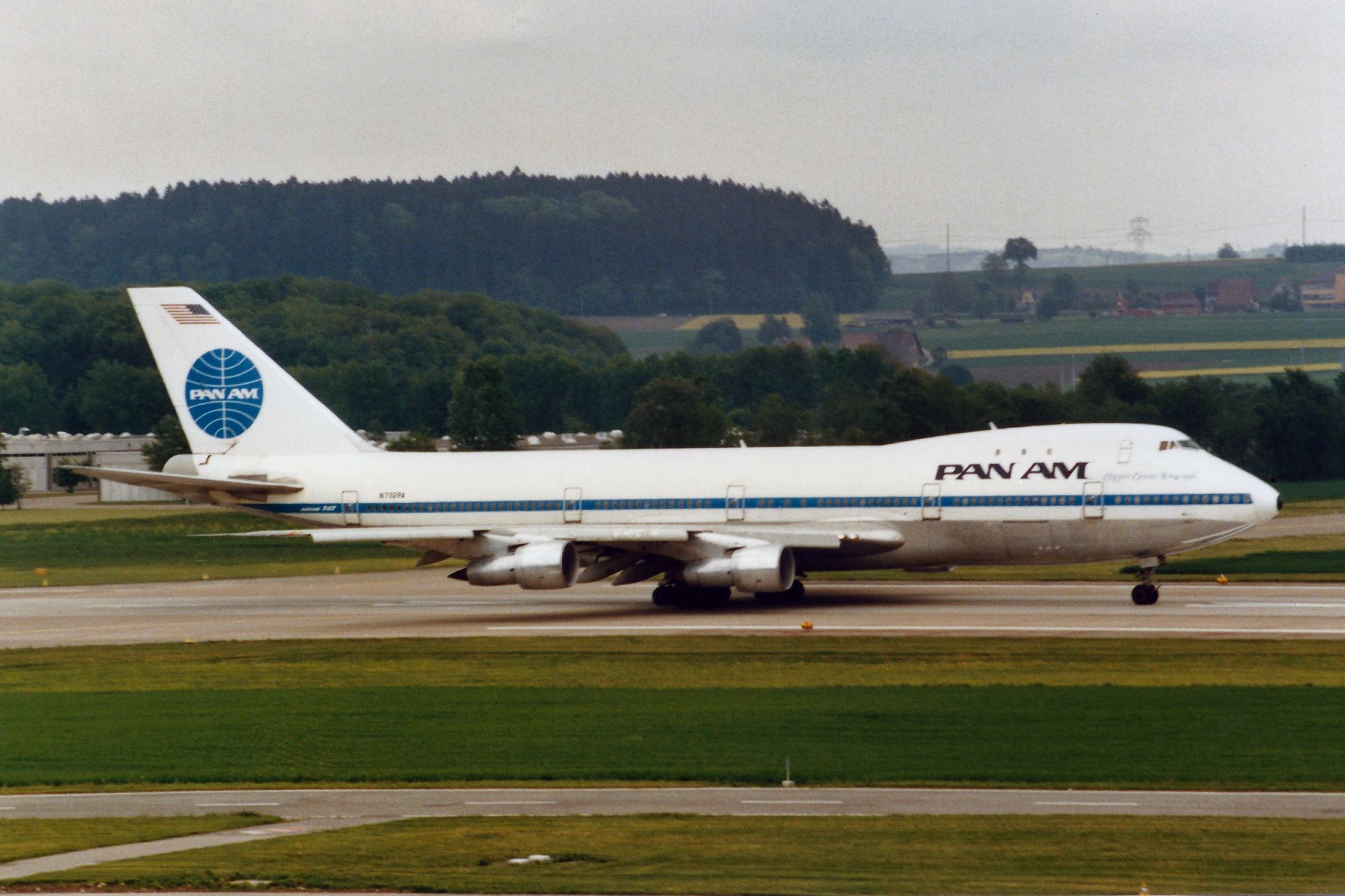
Read more:
The Story Of Pan American World Airways
Pan American World Airways operated for 61 years, developing extensive international routes from the US before facing bankruptcy.
What do you think of the Pan Am Boeing 707 that landed at the wrong airport? Share your thoughts by commenting below.

